Research on BRDF Characteristics Based on S185 Airborne Hyperspectral Imager
In this paper, the SBR airborne hyperspectral data is taken as an example to study the BRDF characteristics of the spectrum. Combined with the different growth period models of wheat field, the effects of weather, measurement angle, data selection, data processing and other factors on the final result of the data are demonstrated. It provides a certain reference value for selecting the optimal environmental variables and data processing methods in airborne hyperspectral remote sensing.
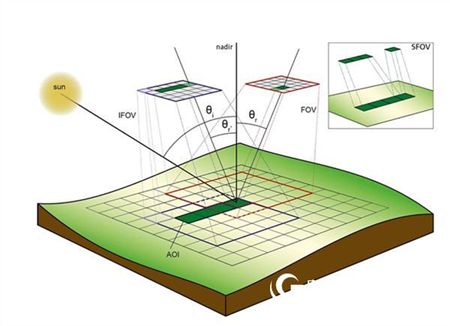
Fig.1 Ground-corresponding region of interest (AOI) in hyperspectral research; concept of ground AOI and upper observation angle (SFOV)
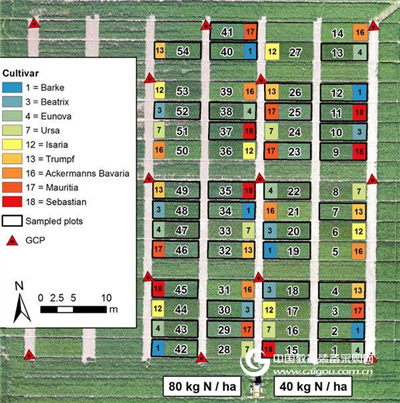
Figure 2 A 70-day RGB front view of a wheat field, with a black frame area as the test area and a colored area as the sample area.
Table 1 Measurement parameters of S185 and ground spectrometer for different growth stages of wheat.

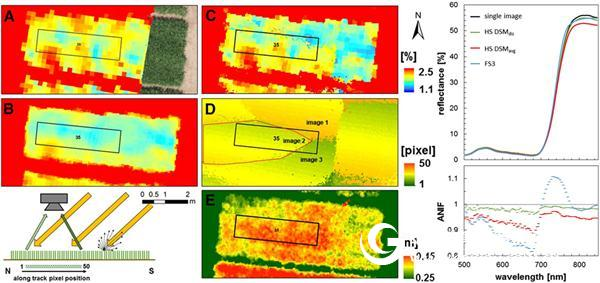
Fig. 3 Study on the difference between single data and spliced ​​data, original derived data and derived data after fusion
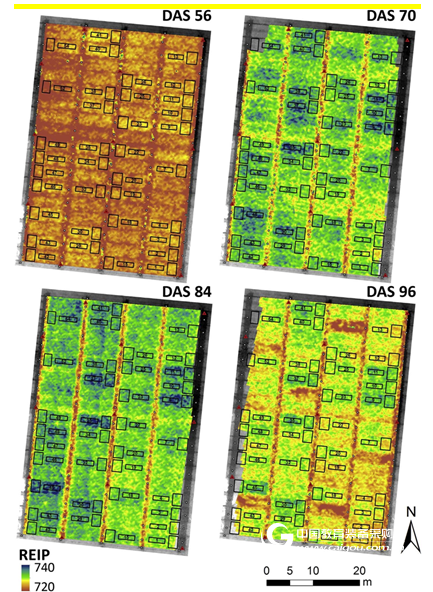
Figure 4. Hyperspectral red-edge inflection point images for 56, 70, 84, and 96 days after wheat sowing.
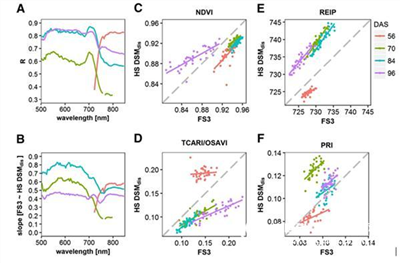
Figure 5. Correlation analysis of FS3 and HS DSMdis on different days after sowing: A and B are significant and slope correlation coefficients, and C, D, E, and F are vegetation index NDVI, REIP, TCARI / OSAVI, REIPPRI (F) Sex.
Table 3 shows the slope and correlation coefficient of the vegetation index calculated from the DAM and FS3 data.

Table 4 shows chlorophyll prediction values ​​based on correlation coefficients of HS DSMdis, HS DSMavg and FS3 and different vegetation indices.
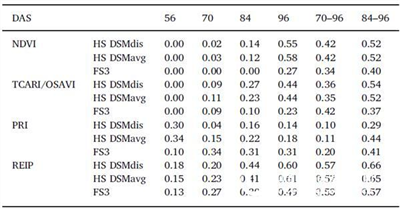
in conclusion:
1 Airborne low-altitude hyperspectral imaging technology has unique advantages over non-imaging spectroscopy: multi-factor multivariate research can be performed, and research results can be presented in the form of images.
2 When extracting spectral information from multiple fields of view, the spatial pattern of spectral data is smoother and the BRDF effect can be normalized to some extent. However, the measurement geometry in a single image affects the spectral data.
3 Different sensors and different data processing methods and wavelength selection will have an impact on the final data results; the red light band has the greatest impact and the near infrared band has the least impact. The barley canopy spectra of HS DSMdis, HS DSMavg and non-imaging spectrometer at 682 nm were compared at booting stage, with differences of 4%, 11% and 17%, respectively. Therefore, when comparing data results between different spectral sensors, various factors such as sensor type, data processing method, and environmental conditions should be considered.
4 The results of this paper can provide some reference value for the application of hyperspectral imaging technology based on multi-temporal tasks in the future.
5 For low-altitude remote sensing, since a larger FOV is required to cover a larger field of view, the angle has a greater influence on the spectrum, so it is necessary to develop a reliable algorithm to correct the BRDF effect in the spectral data.
Lipolysis Injection,Lipolab Fat-Soluble Products,Lipolab Fat Dissolving Injection,Lipo Lab Fat Dissolve
Shijiazhuang Asa Technology Co., Ltd. , https://www.asaantiwrinkle.com